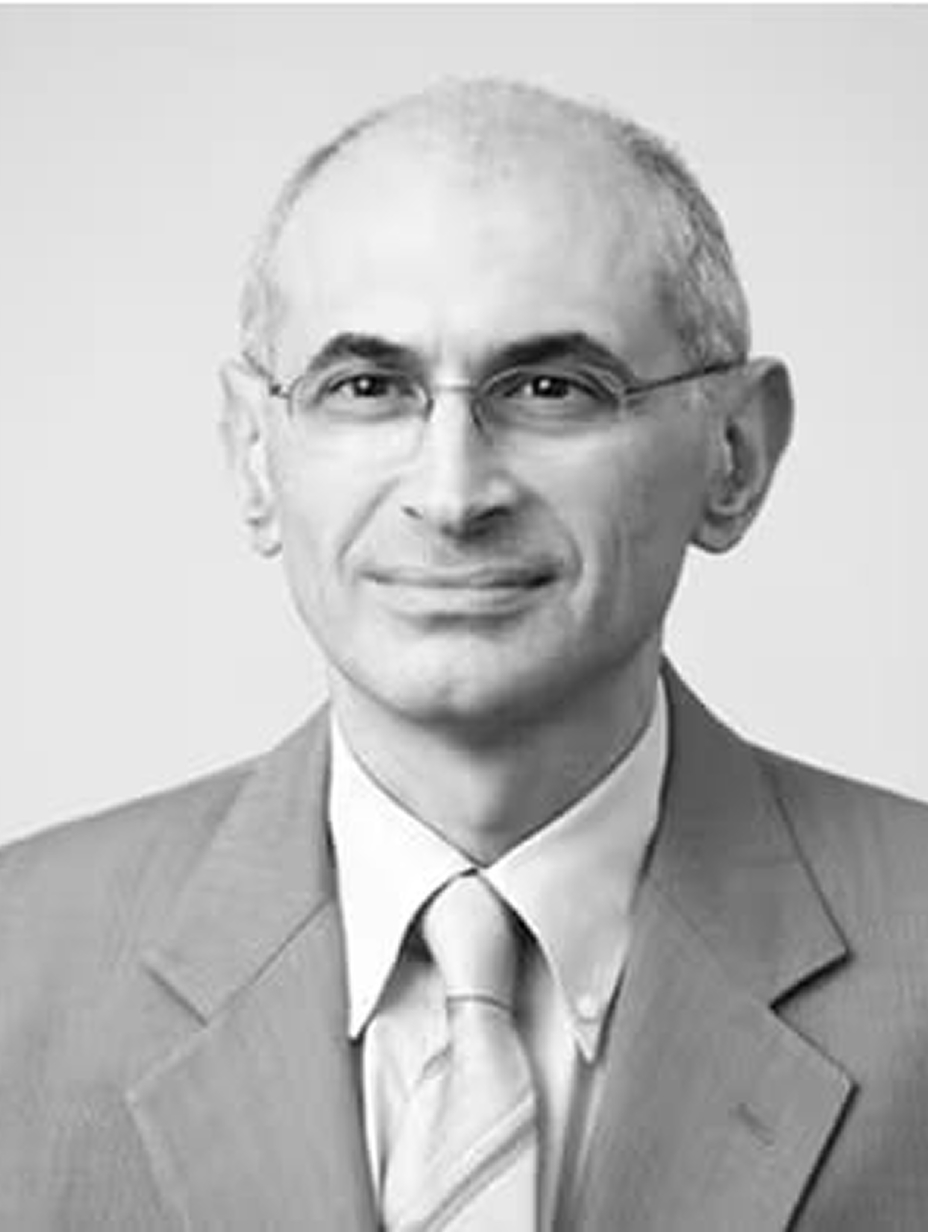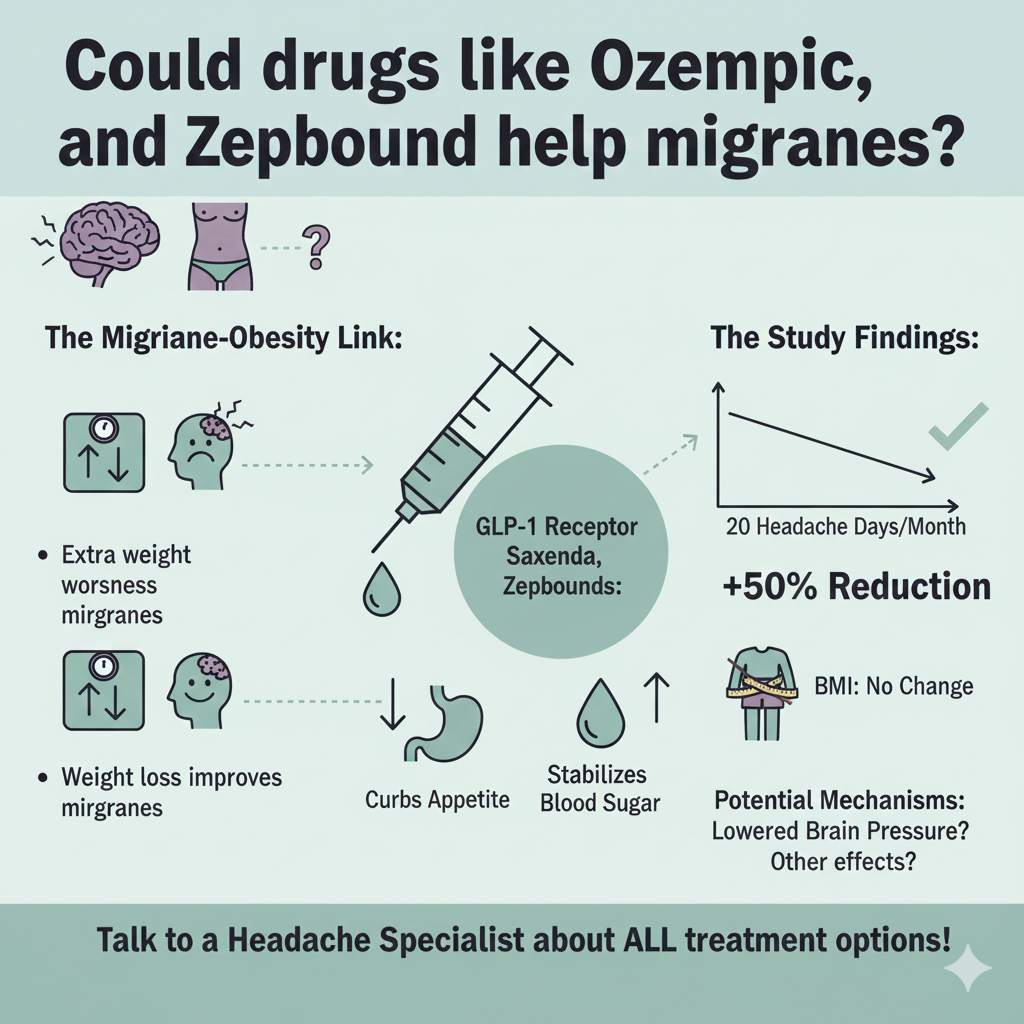Nerivio, an electrical stimulation device was cleared by the FDA to treat acute migraine attacks in adults almost three years ago. It was recently also cleared to treat migraines in adolescents. A new study sponsored by Theranica, the manufacturer of Nerivio shows that combining this device with relaxation and education improves its efficacy.
Remote electrical neuromodulation (REN) is the official term for passing an electrical current through the arm in order to treat migraine headaches. Theoretically, other painful conditions can be also treated by electrical stimulation applied outside of the area of pain. Currently, however, there is only only one such device, Nerivio, and it is used to treat migraine headaches.
I’ve prescribed this device (and it still needs a prescription) to hundreds of patients. About half of them find it effective and continue using it. Some of my patients have remarked that not only their migraine improves, but they also feel more relaxed. I was a bit surprised because they are supposed to crank up the current to the point just below where it becomes painful. But even if you don’t feel relaxed, it makes sense for all patients to try to relax during this treatment which typically takes 45 minutes.
Theranica sponsored a trial that combined electrical stimulation with what they call Guided Intervention of Education and Relaxation (GIER). This consisted of a 25-minute video played on the user’s smartphone during the treatment. It trains patients in three relaxation techniques: diaphragmatic breathing, progressive muscle relaxation, and guided imagery. It also provides pain education about migraine biology and electrical stimulation.
The results of this trial were just published in the journal Pain Medicine. The lead author, Dr. Dawn Buse is a psychologist and one of the leading headache researchers.
The results in the group that used only Nerivio were consistent with those found in previous controlled trials – 57% of patients had consistent pain relief in more than 50% of their attacks, 20% had complete elimination of pain, 53% had improvement in function, and 18% were able to return to normal functioning within 2 hours after treatment.
Patients who combined Nerivio with GIER did better. 79% had pain relief, 71% had improved functioning, and 38% returned to normal functioning.
Nerivio is used through an app that is downloaded into a smartphone. This gives the company a perfect opportunity to easily enhance the efficacy of its product.




